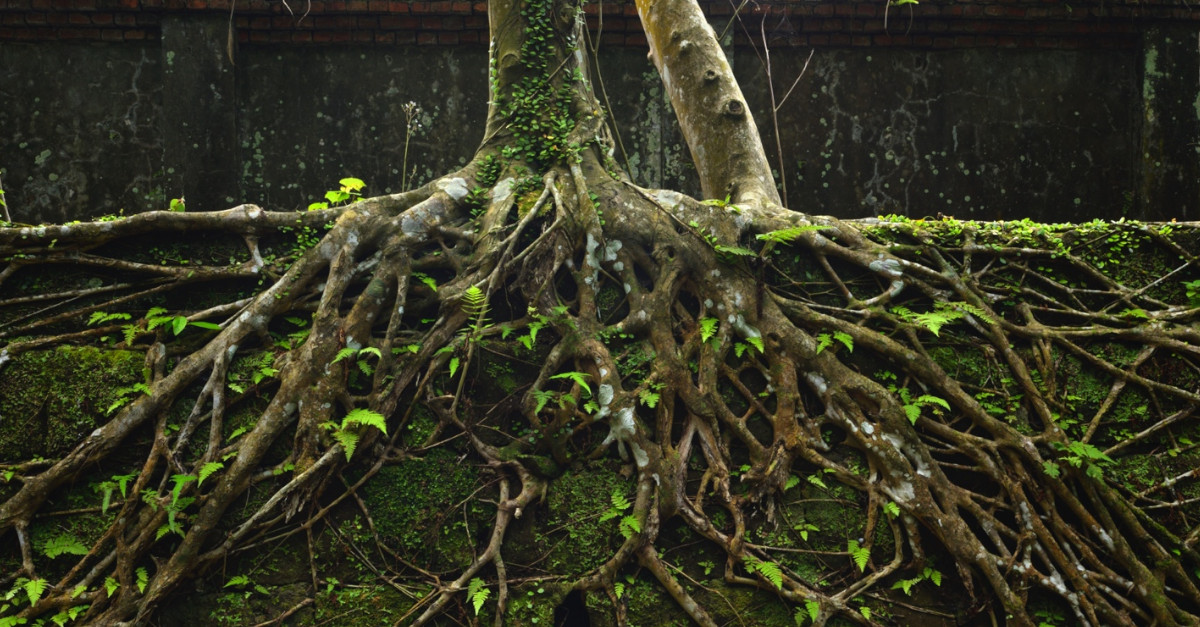The Ultimate Pruning Guide for Georgia’s Most Common Trees
Georgia is fortunate to have an array of native trees that are beautiful all on their own. But even the loveliest and hardiest species can use a little help sometimes, which is where expert pruning comes in.
Done either as a preventive or corrective measure, pruning eliminates dead, crowded, or hazardous branches, and makes way for new growth. And like many aspects of tree care, there’s a science behind the perfect pruning techniques. Here, we share some tips for pruning the species you’re most likely to have on your property in Georgia.
Pruning Your Pines
Pine trees are plentiful in our state, and these quick-growing evergreens call for careful pruning, especially when they’re young and vulnerable. As they age, they round out naturally, with many taking on an iconic cone shape and growing more robust. Virginia pines, white pines, and longleaf pines are among the most common species you’ll find.
Pine trees can sometimes achieve aesthetically pleasing forms without much shaping. But as they grow, you can encourage this even further by trimming any especially long or misshapen branches back by about one-third. Prune during late winter or early spring, when needles on new shoots are about half as long as more mature ones. (Longleaf pines are an exception, and can be pruned during any season except spring.)
Minding Magnolias
Like many Georgia native trees, mature Southern magnolias require little to no pruning, save for branches that have been impacted by storm damage, disease, or pests. But young magnolias can be pruned to produce bountiful blooms and grow in a desired direction.
After blooms have stopped and the weather is cooler, grab a pair of pruners and tend to brittle branches or those that interfere with your tree’s symmetry. Cut the branch about a quarter-inch above a healthy bud. Ideally, you’ll want to repeat this process each year until your tree reaches maturity, trimming just a few branches at a time to prevent stress.
Helping Along the Hickories
Pruning young hickories will set them up for robust growth and a greater yield of nuts. You’ll want to remove broken, brittle, or otherwise damaged branches when the tree is dormant — about six weeks before buds begin to open. Concentrate on the top fifth of the tree to spur new growth.
When making cuts, use an angle to force moisture away from the newly cut surface, which will prevent rot. Cut affected branches back to the nearest healthy node instead of shearing off a main stem.
Shaping Maples
While you could effectively trim your maple trees in early spring before leaves form, doing so will release a sticky mess of sap as it starts to rise. Not only is it unsightly, but sap will also attract insects and other pests. So if you have a maple that needs maintenance, consider waiting until late fall, when sap flow slows down.
Since maple saplings can be especially fragile, we also recommend waiting until the tree’s third year to begin pruning. Cut dead or damaged branches at this time, or those interfering with the tree’s natural growth pattern. Using pruning shears, make cuts parallel to the trunk. Avoid cutting too close to the base of the branch, as this can create wounds that may become infected or invite pest activity.
Schedule a Pruning Assessment With Premier Tree Solutions
With these tips and the right pair of shears, you can prune your young trees with confidence — but mature trees are a different matter. Our crews have the specialty knowledge and equipment to prune and trim trees of all sizes safely. To request a free assessment, use our contact form online or call 404.252.6448.







